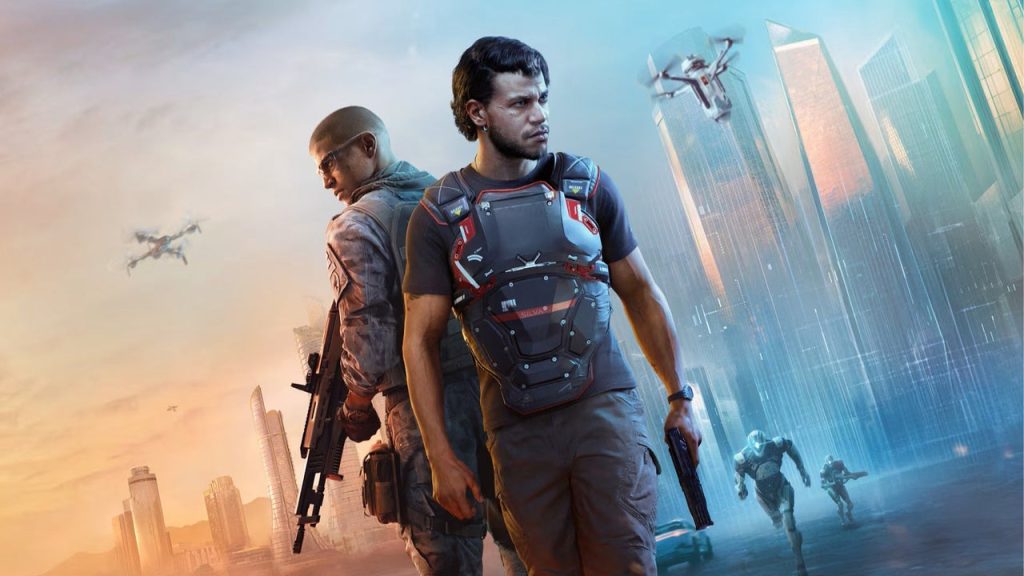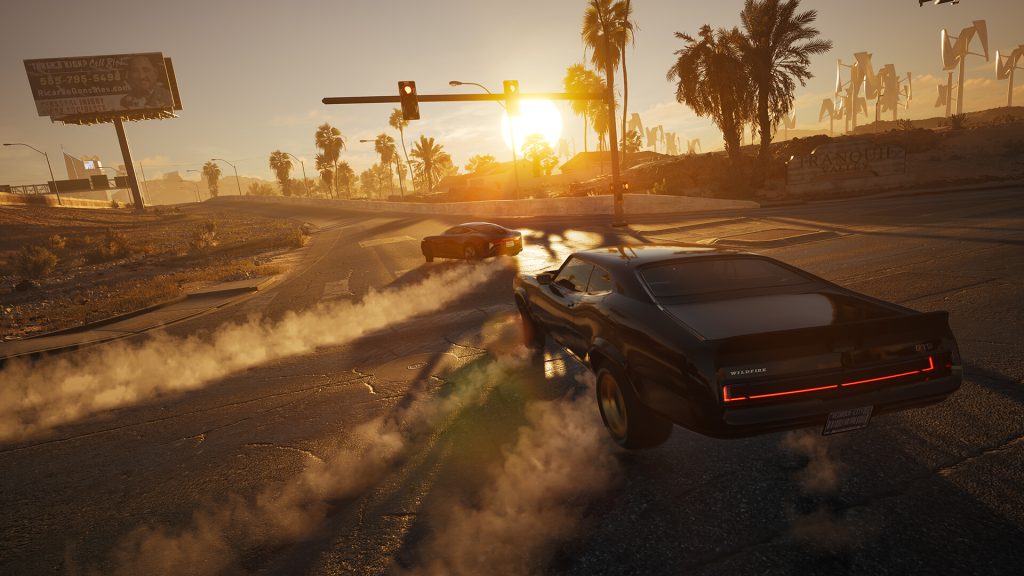Marketing Missteps in Mind’s Eye Trailer Release
In the fast-paced world of gaming, the release of a new trailer can make or break a game’s initial reception. The recent unveiling of the Mind’s Eye trailer on PlayStation’s channel has sparked significant controversy due to what many consider a marketing blunder. The trailer, intended to showcase the game’s potential, instead featured PC footage not representative of the console experience, causing confusion among fans and backlash from the gaming community. This article will delve into the marketing mistakes Build a Rocket Boy made with Mind’s Eye trailers, offering insights and analysis that go beyond the surface.
Why Did Build a Rocket Boy Use PC Footage?
The decision to feature PC footage in the Mind’s Eye trailer on PlayStation’s channel has been a primary point of contention. Build a Rocket Boy intended to showcase the game’s capabilities at their highest quality. However, this choice backfired by misleading viewers about the console experience. The disparity between what was shown and what will be available on consoles could lead to unmet expectations. This strategic error raises questions about transparency and trust between developers and their audience.

Using PC footage can be seen as an attempt to put the best foot forward, but it risks alienating console players who expect a similar quality. Transparency is crucial in marketing; failing to clarify platform differences can damage credibility, a lesson Build a Rocket Boy is learning the hard way.
Impact of Marketing Discrepancies on Player Trust
The fallout from the trailer release highlights a broader issue within the gaming industry: maintaining player trust. Gamers today are more informed and discerning, expecting honesty from developers. The inconsistency between the trailer’s content and the actual game experience can lead to scepticism about future releases from Build a Rocket Boy.
Comments from the community suggest that many feel misled by the marketing strategy. A significant portion of the backlash stems from fans who were eager to experience the game’s touted features on their consoles, only to realize that these might not match the trailer’s depiction. This situation underscores the importance of aligning marketing materials with the actual product, a cornerstone for sustaining long-term player relationships.

Lessons Learned and Future Implications for Build a Rocket Boy
The marketing missteps with Mind’s Eye offer valuable lessons for Build a Rocket Boy and the industry. First, the need for clarity and honesty in promotional materials cannot be overstated. This incident serves as a cautionary tale of how quickly player sentiment can turn negative if expectations are not managed properly.
Moving forward, developers must ensure that all promotional content accurately represents the user experience across platforms. This transparency is critical, especially when dealing with a passionate and vocal gaming audience. The scrutiny from this incident could lead to more stringent marketing guidelines and practices within the company and potentially influence industry standards.
Moreover, the backlash could affect Build a Rocket Boy’s reputation and sales. As noted by GamingBolt, this situation illustrates the risks of ignoring player feedback and failing to acknowledge platform-specific differences. Honest communication and realistic portrayals of gameplay can prevent similar issues in future releases.
Key Takeaways for Marketing Missteps in Mind’s Eye Trailer Release
- The use of PC footage in a console trailer can create unrealistic expectations and lead to backlash.
- Transparency and honesty in marketing are crucial for maintaining player trust and credibility.
- Build a Rocket Boy needs to learn from this experience to avoid similar pitfalls in the future.
- Future marketing strategies should align promotional content with actual gameplay across platforms.
In conclusion, the marketing mishaps surrounding the Mind’s Eye trailer offer a stark reminder of the importance of clear communication and transparency in game marketing. By learning from these mistakes, Build a Rocket Boy can better align their promotional strategies with player expectations, fostering a more trusting relationship with their audience. What do you think should be the next steps for Build a Rocket Boy to regain player trust? Share your thoughts in the comments below!


